What Are the Pros and Cons of Sunbrella Fabric?
TLDR;
The pros of
Sunbrella fabric include excellent UV resistance, durability, stain and mildew resistance, easy cleaning, and long lifespan, while the cons include high cost, firmer texture, heat retention, and the fact that it is water-resistant but not fully waterproof. Sunbrella is a strong choice for outdoor and indoor use when long-term performance and color retention matter, but alternatives may be better in shaded or occasional-use situations.
Understanding Sunbrella Fabric
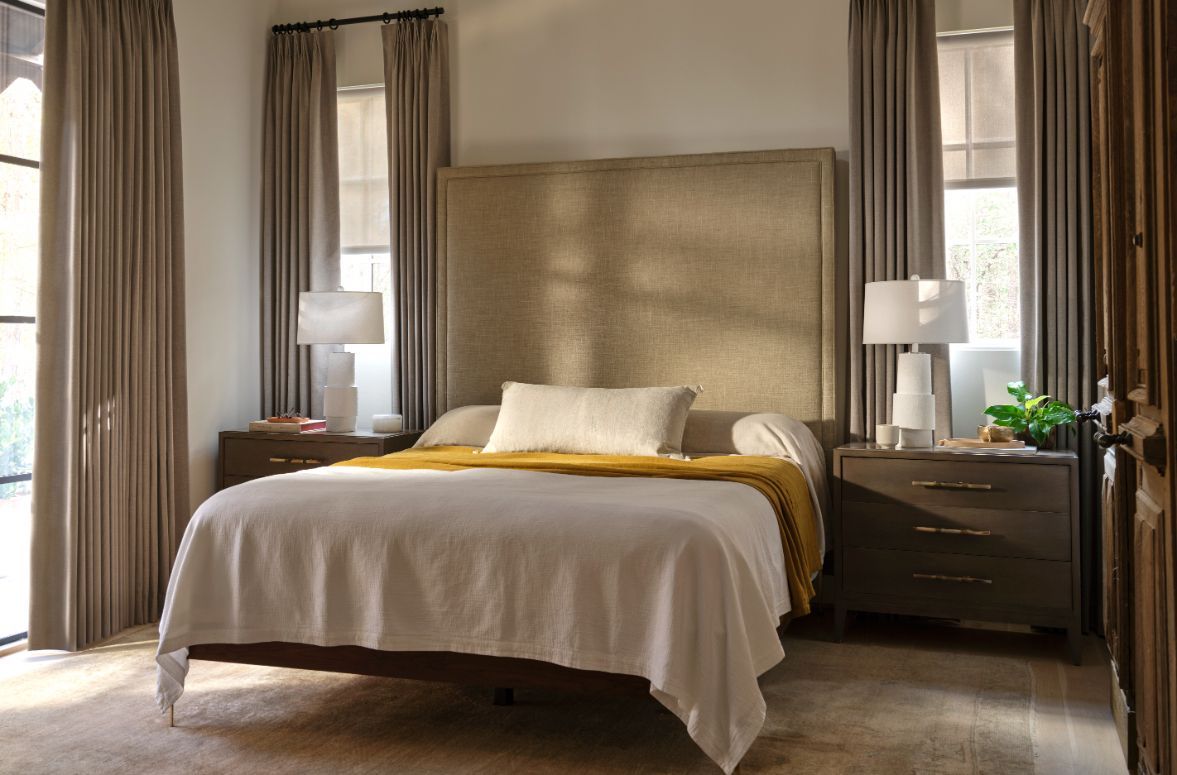
Sunbrella is a brand of solution-dyed acrylic fabric made by Glen Raven, a textile company with over 100 years of history. The brand was introduced in the 1960s as an alternative to cotton canvas for awnings, offering improved durability and weather resistance.
What sets Sunbrella apart is its solution-dyed process. Each fiber is colored during manufacturing, so the pigment goes all the way through. This makes the fabric fade-resistant and long-lasting compared to surface-dyed materials.
Sunbrella comes in several categories:
- Outdoor upholstery for furniture cushions and pillows
- Marine fabrics for boat covers, biminis, and seating
- Awning and shade fabrics for commercial and residential use
It also holds certifications such as GREENGUARD for low chemical emissions, making it safe for indoor environments.
Simply Windows often recommends Sunbrella fabrics for customers looking for durable and stylish options in both indoor and outdoor settings.
Pros of Sunbrella Fabric
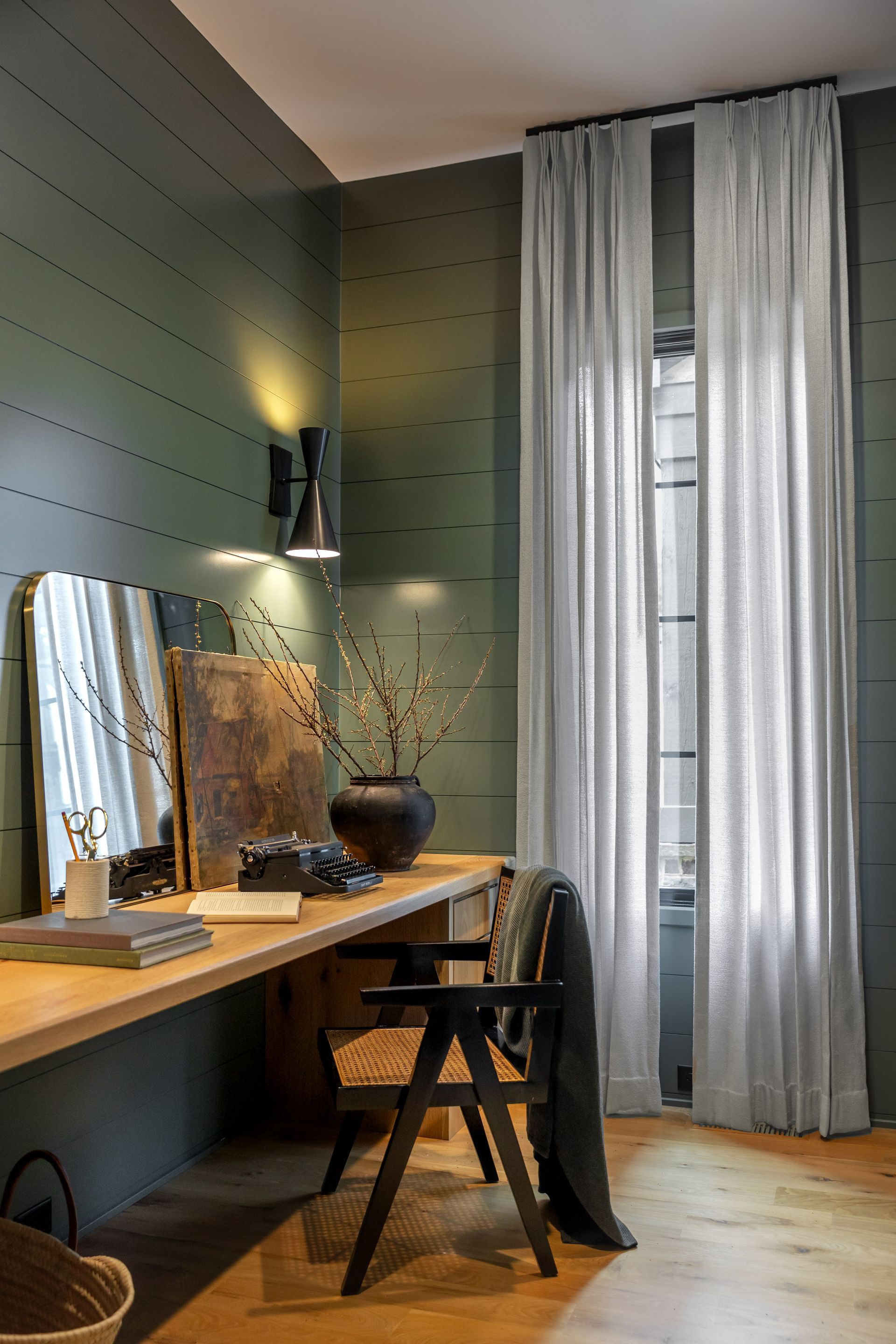
UV and Fade Resistance
Sunbrella is known for its colorfastness. The solution-dyed acrylic fibers retain color even after years in full sun. Unlike traditional fabrics, the color is part of the fiber, not applied on top.
- Outdoor cushions stay vibrant for 5–10 years
- Awnings and marine applications hold up under direct exposure
Durability and Longevity
The fibers are engineered to resist wear and abrasion. Sunbrella fabrics hold up under daily use and in harsh environments.
- Resistant to pilling and fraying
- Often lasts more than a decade with proper care
Water, Mold, and Mildew Resistance
The acrylic fibers naturally resist moisture and biological growth. Sunbrella does not promote mold or mildew, though dirt can act as a food source if not cleaned.
- Performs well in humid and coastal climates
- Ideal for poolside and marine use
Stain Resistance and Cleanability
Most stains clean with mild soap and water. Tough stains like wine or coffee respond well to diluted bleach cleaning.
- Safe for bleach use without fading
- Easier maintenance compared to cotton or polyester
Low Maintenance
Routine care requires only brushing off dirt and occasional washing. Seasonal storage is optional but can extend lifespan.
Versatility
Sunbrella works indoors and outdoors. It is used in patio furniture, boat seating, indoor sofas, and even draperies.
- Same fabric line can be matched across multiple uses
- Available in upholstery and awning weights
Warranty and Brand Assurance
Sunbrella is backed by multi-year warranties, often 5–10 years depending on the application. This makes it one of the most trusted names in performance fabrics.
Aesthetic Variety
With hundreds of colors, textures, and patterns, Sunbrella fits both modern and traditional designs. You can choose solids, stripes, or specialty weaves.
Eco and Sustainability Efforts
The company has introduced recycling initiatives and reduced emissions in production. Sunbrella Renaissance yarns use post-industrial waste to reduce landfill.
Cons of Sunbrella Fabric
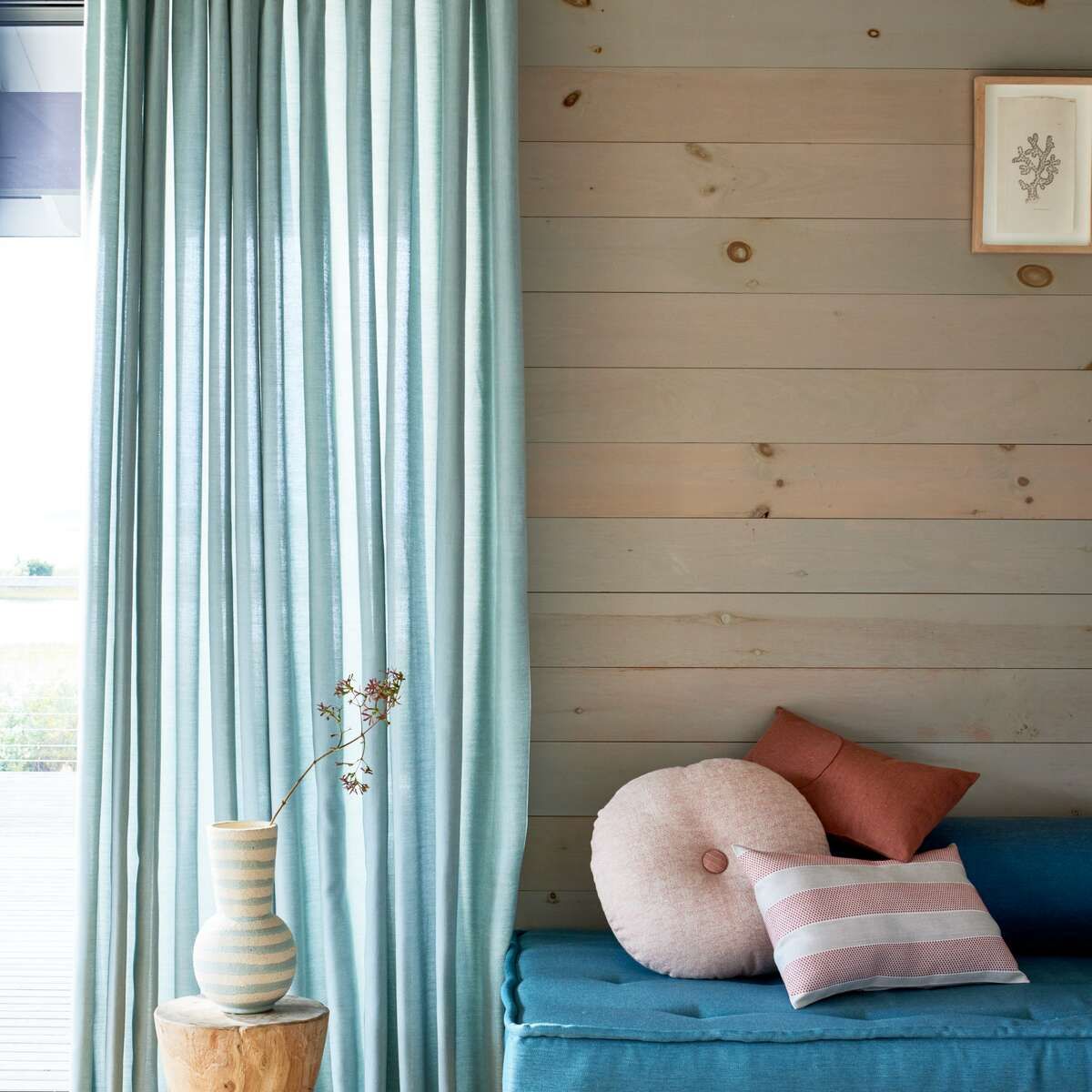
High Cost
Sunbrella is priced higher than polyester, olefin, or canvas. The upfront investment is greater, though the long lifespan offsets replacement costs.
Firm Texture
The hand-feel is stiffer than natural fibers like cotton. This can affect comfort on seating unless paired with high-quality cushions.
Heat Retention in Dark Colors
Dark shades absorb heat and feel warm in direct sun. Lighter colors stay cooler.
Not Fully Waterproof
Sunbrella is water-resistant but not waterproof is Sunbrella waterproof. Heavy or prolonged rain can eventually soak through, so proper drainage and drying are necessary.
Maintenance Still Required
Although low-maintenance, periodic cleaning is still needed. Set-in stains require more effort, and dirt buildup can reduce mildew resistance.
Limited Stretch
The fabric has little give, so improper sewing or high stress on seams can cause tension or wear.
Environmental Considerations
While Sunbrella has sustainability programs, acrylic is not biodegradable. Recycling is limited compared to natural fibers.
Color Fade in Harsh Conditions
In extremely harsh sun or salty marine environments, gradual fading may still occur, though less than alternatives.
Sunbrella vs Alternatives
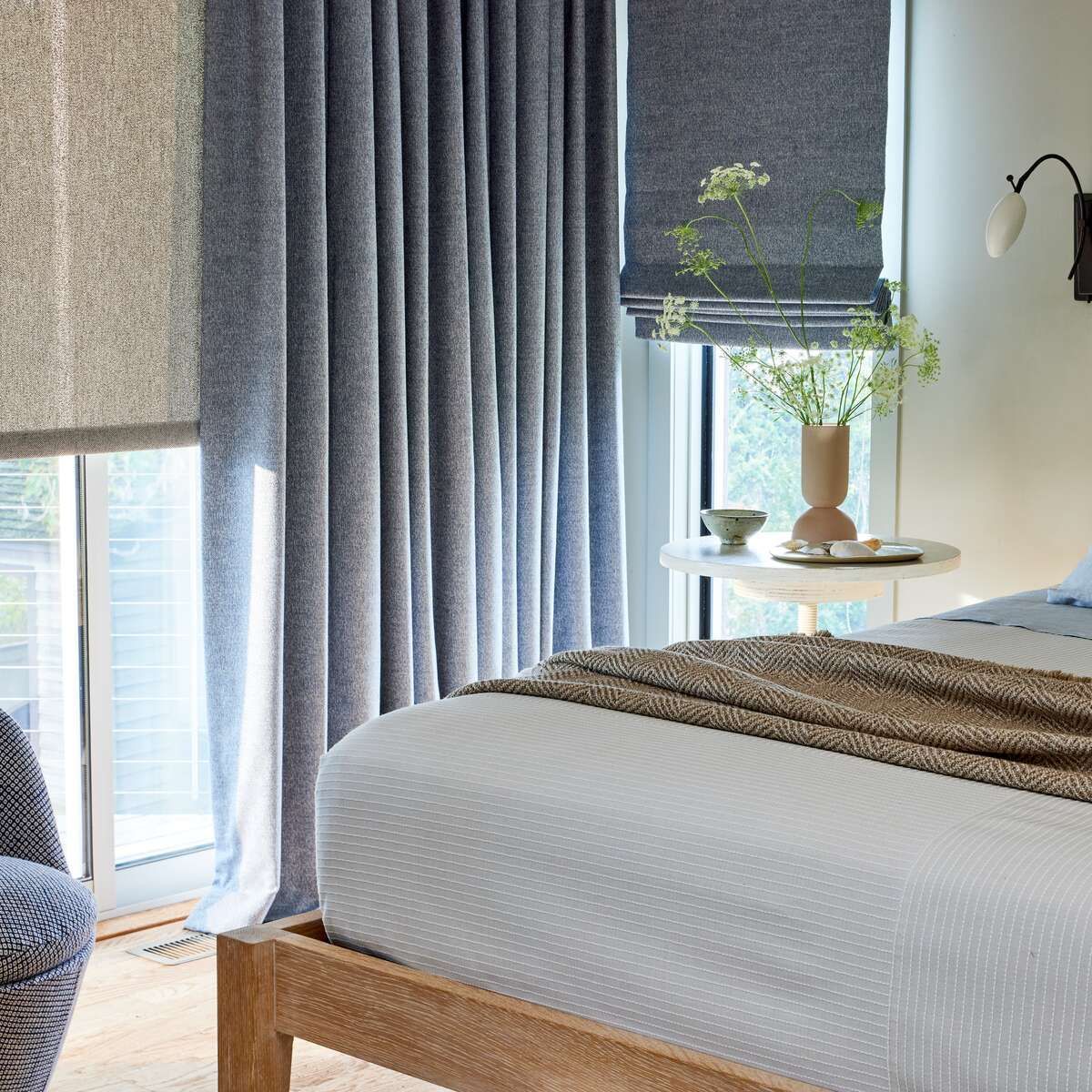
Sunbrella vs Olefin
- Olefin is cheaper and dries quickly.
- Sunbrella offers better UV resistance and longer lifespan.
- Olefin is better for shaded areas or budget-conscious projects.
Sunbrella vs Polyester
- Polyester fades faster under sunlight.
- Sunbrella holds color longer and withstands cleaning better.
- Polyester is lighter and less expensive, suitable for short-term use.
Sunbrella vs Canvas
- Cotton canvas is comfortable but absorbs water and stains.
- Sunbrella offers mold and fade resistance that canvas lacks.
- Canvas is better for decorative indoor use, not heavy exposure.
Sunbrella vs Marine Vinyl
- Marine vinyl is waterproof but less breathable and can crack.
- Sunbrella resists mildew and heat but is water-resistant only.
- Vinyl is good for all-weather covers; Sunbrella better for comfort and breathability.
Cost-to-Value Analysis
Sunbrella costs more upfront but often lasts double or triple the time of cheaper fabrics. The total cost of ownership over a decade favors Sunbrella when replacement costs are considered.
Best Use Cases and Applications
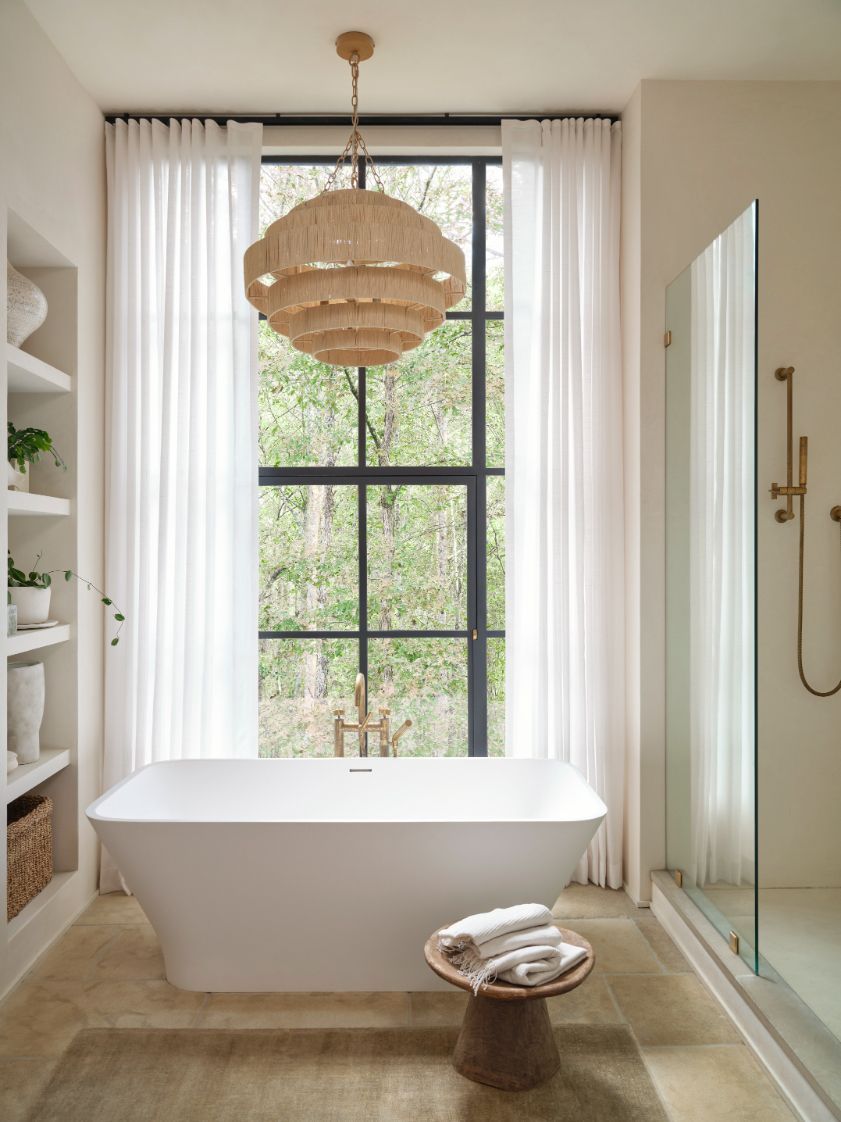
- Outdoor seating in full sun
- Marine covers and cushions
- Poolside furniture
- Humid climates where mildew is a risk
- Indoor furniture with pets or children
- Awnings, umbrellas, and shade structures
When Sunbrella may be excessive:
- Shaded patios with limited exposure
- Occasional-use furniture
- Budget-conscious projects where shorter fabric life is acceptable
Care, Maintenance, and Lifespan
Routine Cleaning
- Brush off dirt regularly
- Wash with mild soap and water
- Rinse thoroughly and air dry
Handling Set-in Stains
- Use diluted bleach solution on mildew, wine, coffee, or oil
- Scrub gently with a soft brush
Seasonal Storage
- Store cushions during off-season to extend life
- Use covers for furniture frames
Expected Lifespan
- 5–10 years in full sun
- Over 10 years in shaded or protected areas, and Sunbrella drapery is especially valued for its long-term performance
Sunbrella Drapes Longevity.
- Marine applications typically 7–10 years with proper care
Frequently Asked Questions

